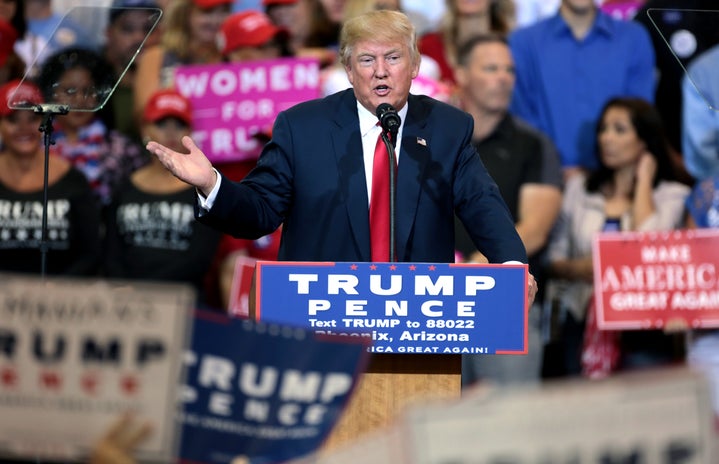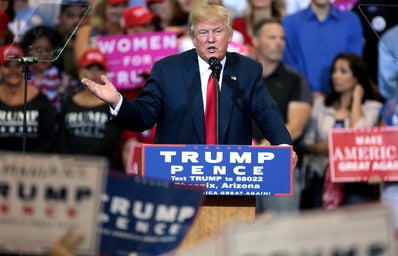I wasn’t worried until my University sent on-campus residents home and I lost my summer internship. Here’s what you need to know about the Coronavirus recession.
The problem with recession is that people stop spending their money. When people hoard money, the economy comes to a standstill: people aren’t buying products or services, so businesses can’t keep their doors open. Some industries are not affected, or are even benefited, like what we have seen in the price gouging of hand sanitizer and face masks. This is when sellers increase the prices of goods because they know people will buy them.

“Social distancing” was a recession waiting to happen. Businesses still have to pay their rent and other expenses, while making zero profit because operations either ceased or slowed significantly.
How do we know how bad it is? Well, gross domestic product (GDP) and unemployment rates are pretty good measures. Predictions of unemployment rates in the coming months range from 9 to 30 percent, up from the 3.5 percent we experienced in February. For context, the highest rate on record of 25 percent occurred during the Great Depression. As for GDP, it is expected to fall at an annual rate of 24 percent by June. The worst quarter of the Great Depression boasted of only 8.4 percent.
In any case, the Federal Reserve has a few tools to slow a recession like this one. Unfortunately, the Fed doesn’t have much access to one of its main tools: lowering interest rates. This is because the Fed was still in the process of raising interest rates after the Great Recession of 2008. Even so, last week the Fed announced it will be lowering interest rates to a range of 0-0.25 percent, down from 1-1.25 percent. This is as low as it can go. When the Central Bank lowers interest rates (which are essentially interbank lending rates), it encourages private banks to lower their interest rates, and in turn, encourage consumers to buy more. The Fed can also bail out big banks and the financial market to prevent failures, which would give banks the means to lend more. All of these measures also help unemployment by giving Americans more access to money.
That being said, many are anxiously waiting for their $1,200 stimulus checks. This check applies to most Americans earning less than $75,000 per year, as well as some loan relief, some money towards businesses both big and small, state and local governments, as well as public health. The purpose of these “stimulus checks” are to provide relief for financial hardships Americans are facing due to the pandemic, and free up some funds to use on products and services, which will jump-start the economy.
It is widely debated whether 2008 and 2009’s stimulus checks were effective, but 2020’s are much bigger. Here’s to hoping.



